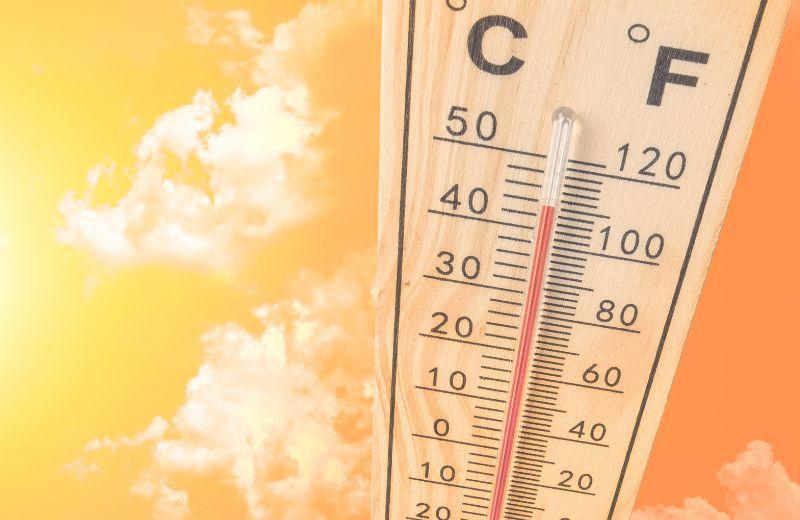Many people think of British Columbia as having a temperate climate, meaning that during the summer months, we have milder temperatures on average. However, over the past few years, Extreme Heat Emergencies have become increasingly frequent.
While we can’t control the weather, there are steps each of us can take to help mitigate the risks of Extreme Heat Emergencies.
What’s extreme heat?
Extreme heat or an Extreme Heat Emergency is when temperatures are well above seasonal averages and continue to get hotter each day.
Extreme heat is dangerous for the health and well-being of our communities and is responsible for the highest number of weather-related deaths annually.
Who’s most at risk from extreme heat?
Preparing for extreme heat is beneficial for everyone; however, there are some groups of people who may be more at risk than others:
- People aged 65 years or older
- People who live alone
- People with pre-existing health conditions such as diabetes, heart disease, or respiratory disease
- People with mental illness such as schizophrenia, depression, or anxiety
- People with substance use disorders
- People who are marginally housed (for example, people who are unhoused)
- People who work in hot environments
- People who are pregnant
- Infants and young children
- People with limited mobility
Make plans to deal with extreme heat
If you know someone who may be at risk (see the list above), be sure to check in with them and set a plan for when temperatures are high. It’s important to come together as a community and to look out for those at greatest risk.
If your home gets very hot, with sustained internal temperatures of 31 degrees or higher, and if you don’t have air conditioning, plan to go elsewhere during an Extreme Heat Emergency. Some places within your community may offer space for people to cool down and get relief from extreme heat. These will vary depending on the community you live in, so be sure to check before the weather gets too hot. Here are some potential options to consider:
- Libraries
- Community centres
- Shopping malls
- Movie theaters
- Religious centres
- Parks and other shaded green spaces
Prepare your home for extreme heat
You can set up your home to help prepare for an Extreme Heat Emergency. While everyone’s needs will be different, these small changes can help reduce your home’s internal temperature.
Indoors:
- If you can, install a window-mounted air conditioner
- Use insulating curtains or window coverings. Blackout curtains and blinds can help block both extreme heat and extreme cold (as well as light).
- Use fans to help move cooler air around your home. It’s important to remember, however, that fans can’t effectively reduce body temperatures or prevent heat-related illness in people at risk. Do not rely on fans as your primary cooling method during an Extreme Heat Emergency.
- If you feel yourself getting overheated, try taking a cool or lukewarm shower or bath.
- Sleep in the coolest area of your home. If it’s cooler outside, sleep outside, if possible.
- Drink plenty of water. Be aware that sugary or alcoholic drinks cause dehydration.
Outdoors:
- If you can, install exterior covers or reflective films on your windows. No fancy supplies are needed; this can be as simple as using cardboard or foil on the outside of your windows.
Getting too hot
Overheating can be harmful to your health and potentially deadly. If you’re experiencing rapid breathing and heartbeat, extreme thirst, and decreased urination with unusually dark yellow urine, take immediate steps to cool down and seek emergency care:
- Get medical attention or call 9-1-1
- Submerge yourself or the person you’re helping in cool water
- Remove clothes and apply wet cloths
Heat stroke is an emergency. Call 9-1-1 or your local emergency number if you’re caring for someone who displays symptoms, then take immediate action to cool them down while waiting for help to arrive.
Stay connected
As temperatures rise throughout the summer months, make sure you stay connected to reliable information sources like Environment Canada, EmergencyInfoBC, the First Nations Health Authority (FNHA), and Northern Health. Staying connected with these sources means you will have up-to-date information about Heat Warnings and Extreme Heat Emergencies.
For more tips and information, visit the Government of BC’s website on preparing for extreme heat, and download their extreme heat guide: Extreme heat guide (PDF).














Comments